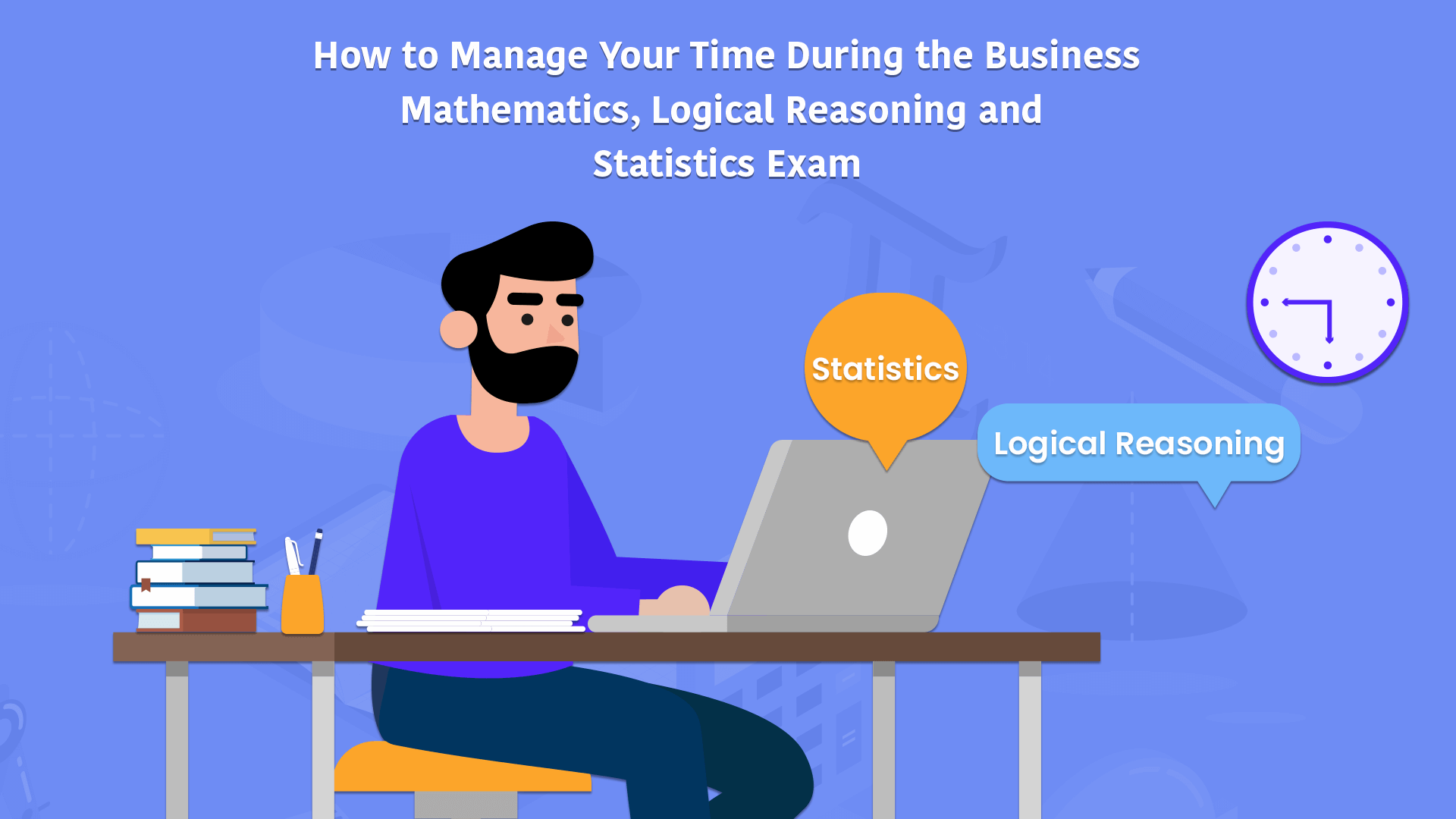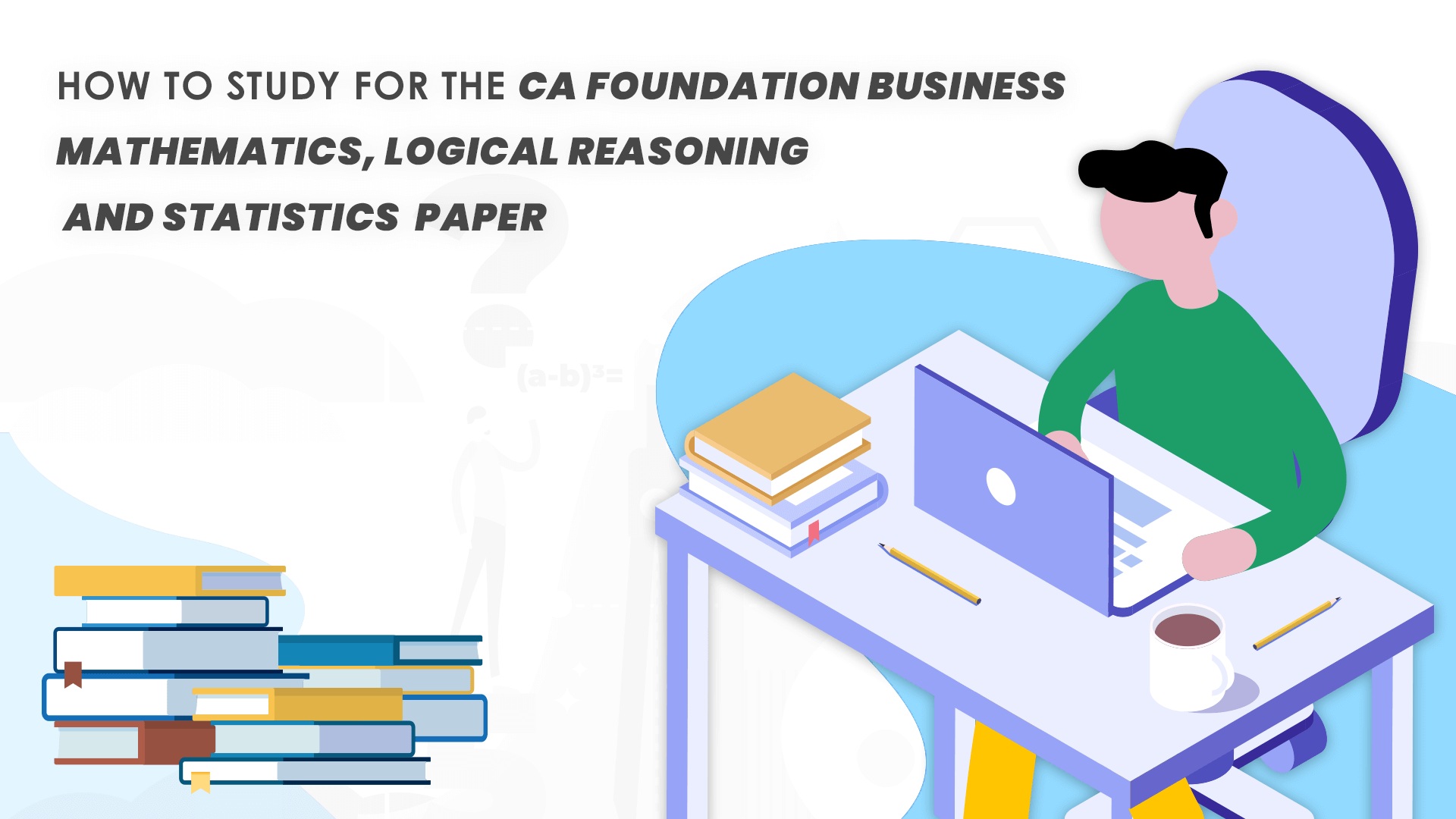As you know, in 2018, ICAI introduced a new scheme of testing for CA students. This new syllabus aims to promote innovation and encourage out of the box thinking during the education system of the CA course. The changes took effect from the May 2018 attempt on, and students joining the CA course from this attempt must study under this new scheme.
In this post, we will talk about the changes from the old scheme of training and the new scheme of training. What options are available to those students who have registered the old scheme. Syllabus and paper-wise comparisons. The dates of the last attempt of the CA exam under the old scheme of training. We will also attempt to answer questions like whether switching from the old scheme to the new scheme is a good option or not. And how to switch and what are the exemptions available if you do switch.
All About the Old and New Scheme of Training of the CA Exam.
What’s in this post:
What is the difference between CA IPCC and CA Intermediate?
What is the difference between the CA Final Old Syllabus and the CA Final New Syllabus?
What are the dates of the Last Attempt the CA Exam (Old Syllabus)?
Should I switch from the Old Scheme of Training to the New Scheme of Training?
How do I switch from the Old Scheme of Training to the New Scheme of Training?
What are the exemptions available for students of the Old Scheme of Training?
What are the options available for students who have entered the CA Course under the Old Scheme of training?
There are two choices:
- Appear under the old scheme of training (ICAI will limit the number of attempts to complete the CA exams under the old scheme); or
- Convert to the new syllabus of training
Under both schemes of training, the course itself has two components: theoretical and practical. The theoretical part under both schemes consists of three main levels of exams. The table below shows what they are:
| Old Scheme | New Scheme |
| CA CPT (Common Proficiency Test) | CA Foundation |
| CA IPCC (Integrated Professional Competency Course) | CA Intermediate also known as CA Inter |
| CA Final (Old) | CA Final (New) |
Apart from cosmetic changes in the names, there are significant changes in each level. In this post, we will not talk about the changes in the CA CPT and CA Foundation levels. This is because the last date to appear under the old scheme of training was June 2019 – over and done with! We will talk about the syllabus changes from the CA IPCC and CA Final exam.
First, let’s talk about the CA IPCC and CA Intermediate exams.
What is the difference between CA IPCC and CA Intermediate?
The CA IPCC exam consists of 7 papers of 100 marks each for a total of 700 marks. The papers are divided into two groups: Group 1 and Group 2. Group 1 consists of four papers while group 2 consists of the remaining 3. Similarly, the CA Intermediate exam consists of 8 papers of 100 marks each for a total of 800 marks. And just as in the case of CA IPCC, these papers are split into two groups. The only difference being that the groups now contain four papers each. The table below shows the break-up, differences and paper-wise comparisons of both CA IPCC and CA Intermediate.
| Old Scheme of Training | New Scheme of Training |
| CA IPCC | CA Intermediate |
| 7 papers and 700 marks total | 8 papers and 800 marks total |
| Group 1 Papers | |
| Paper 1: Accounting (100 marks) | Accounting (100 marks) |
|
Paper 2: Business Laws, Ethics and Communication (100 marks)
Part I: Business Laws (60 marks; Business Laws 30 marks and Company Laws 30 marks) Part II: Ethics (20 marks) Part III: Communication (20 marks)
|
Paper 2: Corporate and Other Laws
Part I: Corporate Laws (60 marks) Part II: Other Laws (40 marks) |
|
Paper 3: Cost Accounting and Financial Management (100 marks)
Part I: Cost Accounting (50 marks) Part II: Financial Management (50 marks) |
Paper 3: Cost & Management Accounting (100 marks) |
|
Paper 4: Taxation (100 marks)
Part I: Income-tax (50 marks) Part II: Indirect taxes (50 marks) |
Paper 4: Taxation (100 marks)
Part I: Income-tax Laws (60 marks) Part II: Indirect Taxes (40 marks) |
| Group 2 Papers | |
| Paper 5: Advanced Accounting (100 marks) | Paper 5: Advanced Accounting (100 marks) |
| Paper 6: Auditing and Assurance (100 marks) | Paper 6: Auditing and Assurance (100 marks) |
|
Paper 8: Financial Management & Economics for Finance (100 marks)
Part I: Financial Management (60 marks) Part II: Economics for Finance (40 marks) |
|
|
Paper 7: Information Technology & Strategic Management (100 marks)
Part I: Information Technology (50 marks) Part II: Strategic Management (50 marks) |
Paper 7: Enterprise Information Systems & Strategic Management (100 marks)
Part I: Enterprise Information Systems (50 marks) Part II: Strategic Management (50 marks)
|
Now, it is beyond the scope of this post to go into detail about these changes. But roughly speaking, the major changes in the syllabus are due to certain topics being shuffled around, some additions and deletions.
You must note however that when appearing for an exam, you can choose to attempt one or both groups of papers. This will be a factor in your decision of whether to switch or not.
Let’s look at the changes in the CA Final syllabus.
What is the difference between the CA Final Old Syllabus and the CA Final New Syllabus?
Under both the old and new syllabus, the CA Final exam consists of 8 papers. And these papers are split into two groups of four papers each. However, the new syllabus involves an elective open book exam. Here are the corresponding papers of both the syllabi.
| Old Scheme of Training | New Scheme of Training |
| CA Final | CA Final |
| Group 1 | |
| Paper 1: Financial Reporting (100 marks) | Paper 1: Financial Reporting (100 marks) |
| Paper 2: Strategic Financial Management (100 marks) | Paper 2: Strategic Financial Management (100 marks) |
| Paper 3: Advanced Auditing and Professional Ethics (100 marks) | Paper 3: Advanced Auditing and Professional Ethics (100 marks) |
|
Paper 4: Corporate and Allied Laws (100 marks)
Part I: Company Law (70 marks) Part II: Allied Laws (30 marks) |
Paper 4: Corporate and Economic Laws (100 marks)
Part I: Corporate Laws (Company Law and Securities Laws) (70 marks) Part II: Economics Laws (30 marks) |
| Group 2 | |
| Paper 5: Advanced Management Accounting (100 marks) | Paper 5: Strategic Cost Management and Performance Evaluation (100 marks) |
| Paper 6: Information Systems Control and Audit (100 marks) |
Paper 6: Elective Paper (100 marks)
Open book exam with the following electives: 6A Risk Management 6B Financial Services & Capital Markets 6C International Taxation 6D Economic Laws 6E Global Financial Reporting Standards 6F Multi-disciplinary Case Study |
| Paper 7: Direct Tax Laws (100 marks) |
Paper 7: Direct Tax Laws & International Taxation (100 marks)
Part I: Direct Tax Laws (70 marks) Part II: International Taxation (30 marks) |
|
Paper 8: Indirect Tax Laws (100 marks)
Part I: Goods and Service Tax (75 marks) Part II: Customs & Foreign Trade Policy (25 marks) |
Paper 8: Indirect Tax Laws (100 marks)
Part I: Goods & Services Tax (75 marks) Part II: Customs & FTP (25 marks) |
Again, we won’t go into detail about the changes. The significant change is the introduction of the open book exam elective papers, and many changes are similar to those of the changes between CA IPCC and CA Intermediate.
Also, just as in the case of CA IPCC and CA Intermediate, you can choose to appear for one or both groups of papers at the same time.
Now that we know what some of the main changes in the syllabi are, let’s look at the last dates of attempt.
What are the Dates of the Last Attempts the CA Exam (Old Syllabus)?
The table below shows the last dates to attempt the CA IPCC and CA Final (Old Syllabus Exams)
| Type of Exam | Last Date |
| CA IPCC | May 2020 |
| CA Final (Old) | November 2020 |
Based on this, the syllabus and the level of your preparation, you can now decide whether to switch from the old scheme to the new scheme of training.
Should I switch from the Old Scheme of Training to the New Scheme of Training?
Well, the simple answer and our recommended answer is no. The new scheme of training is “heavier” as compared to the old syllabus. And at the end of the day, what matters is that you have a CA prefixed attached to your name.
But note that if you are a student in CA IPCC and you clear that exam before May 2020, you HAVE to appear for the CA Final New Syllabus. You can’t continue with the old scheme to the next level of the course.
So, in this case, you might be slightly (very slightly to be fair) disadvantaged when going on. But even in this case, this slight disadvantage is not offset by the advantage of sticking to the old course.
The same reasoning applies for the CA Final old and new courses. Here, just because the new syllabus is vast as compared to the old, if you are looking for the easiest path to clear the exams, then again, your decision is made. Stick with the old course!
It is not MANDATORY for you switch until the last attempt date(s) indicated above.
But even in spite of our reasoning, you do decide to switch – perhaps you are having difficulty with the ISCA paper in CA Final, or some such thing, then the question arises, how do you switch?
This is what we will answer in this second half of the post.
How do I switch from the Old Scheme of Training to the New Scheme of Training?
To switch from the old scheme of training to the new scheme of training, you need to first login to the student portal with your credentials. Find the switchover tab and follow instructions. Note that you need to pay a one-time fee of Rs. 1,000 to make the switch. You’ll receive all the new textbooks for free. But you need to pay/take care of the transportation.
Now, there are exemptions available for old course students when switching over. Let us look at what they are.
What are the exemptions available for Students of the Old Scheme of Training?
Before going over what the exemptions are, note that as part of the CA IPCC course, you’d have had to appear for and clear OC & ITT training. Under the old CA Final syllabus, you should know that you would have had to appear for GMCS & ADV ITT. Under the new scheme of training, you will have to appear for some equivalent courses.
For CA Intermediate, the course is ICITSS which covers much of the same concepts of OC & ITT. For CA Final, the course is AICITSS covering the concepts outlined in GMCS &ADV ITT.
If you have already undergone OC & ITT/GMCS & ADV ITT, you don’t need to clear ICITSS/AICITSS when you switch over. If, however, at the CA IPCC, you have undergone only one of OC & ITT i.e. either OC or ITT, when you convert, you need to appear for the part of the course in ICITSS that covers the remaining portion that you missed out. Similarly, for CA Final.
Now, regarding exemptions, any exemptions of any paper that you may have had from your previous attempts in the old syllabus can be carry forwarded to the new syllabus. The table below shows the relevant details for CA IPCC (paper-wise).
| Exemption granted in Paper(s) of the IPCC exam | Exemption in corresponding paper of the CA Intermediate exam |
| Group I- Paper 1: Accounting | Group I- Paper 1: Accounting |
| Group I- Paper 2: Business Laws, Ethics and Communication | Group I- Paper 2: Corporate & Other Laws |
| Group I- Paper 3: Cost Accounting and Financial Management |
Group I- Paper 3: Cost and Management Accounting
AND Group II- Paper 8: Financial Management & Economics for Finance |
| Group I- Paper 4: Taxation |
Group I- Paper 4: Taxation
Section A: Income Tax Law Section B: Indirect Taxes |
| Group II- Paper 5: Advanced Accounting | Group II- Paper 5: Advanced Accounting |
| Group II- Paper 6: Auditing and Assurance | Group II- Paper 6: Auditing and Assurance |
|
Group II- Paper 7: Information Technology & Strategic Management
Section A: Information Technology Section B: Strategic Management |
Group II- Paper 7: Enterprise Information Systems & Strategic Management
Section A: Enterprise Information Systems Section B: Strategic Management |
And here is the relevant information for CA IPCC for group-wise exemption, i.e., if you have passed one group in IPCC, you should appear in the remaining group if you choose to switch over:
| Group Passed in IPCC | Group to be passed in CA Intermediate |
| Students who have passed Group–I | To pass Group-II of Intermediate examination excluding Paper no. 8 of Group –II of Intermediate examination ( Unit 10- i.e. Paper 5, 6 and 7 of Intermediate examination-New Syllabus ) |
| Students who have passed Group–II | To pass Group-I of Intermediate examination. |
For CA Final, the paper-wise exemptions are as follows:
| Papers granted exemption under the CA Final Old Scheme | Papers to be granted exemption under the CA Final New Scheme |
| Group I: Paper 1 – Financial Reporting | Group I: Paper 1 – Financial Reporting |
| Group I: Paper 2 – Strategic Financial Management | Group I: Paper 2 – Strategic Financial Management |
| Group I: Paper 3 – Advanced Auditing and Professional Ethics | Group I: Paper 3 – Advanced Auditing and Professional Ethics |
| Group I: Paper 4 – Corporate and Allied Laws | Group I: Paper 4 – Corporate and Economic Laws |
| Group II: Paper 5 – Advanced Management Accounting | Group II: Paper 5 – Strategic Cost Management and Performance Evaluation |
| Group II: Paper 6 – Information Systems Control And Audit | N/A |
| Group II: Paper 7 – Direct Tax Laws | Group II: Paper 7 – Direct Tax Laws & International Taxation |
| Group II: Paper 8 – Indirect Tax Laws | Group II: Paper 8 – Indirect Tax Laws |
And this is for group-wise:
| Groups passed under the CA Final Old Scheme | Groups to be passed under the CA Final new scheme |
| Students who have passed Group I | To pass Group II and complete AICITSS |
| Students who have passed Group II | To pass Group I and complete AICITSS |
These tables also give you information on how the subjects overlap. This is useful in understanding the differences and similarities between the two syllabi.
Good luck!




